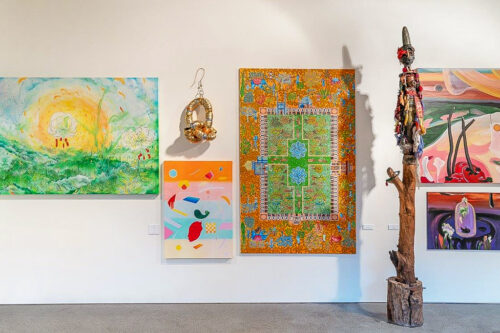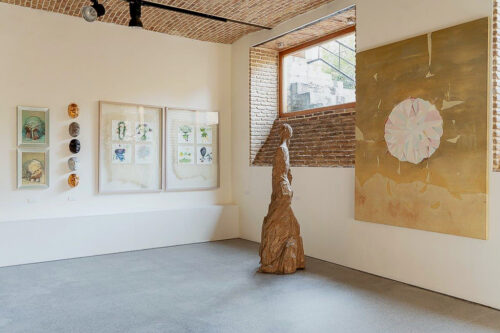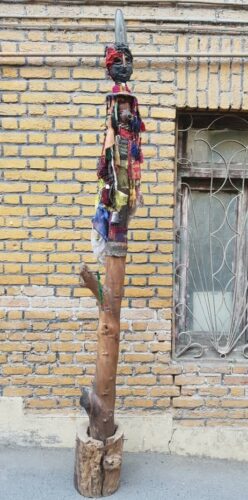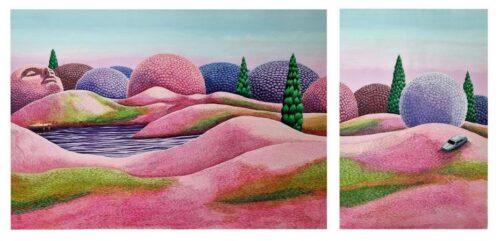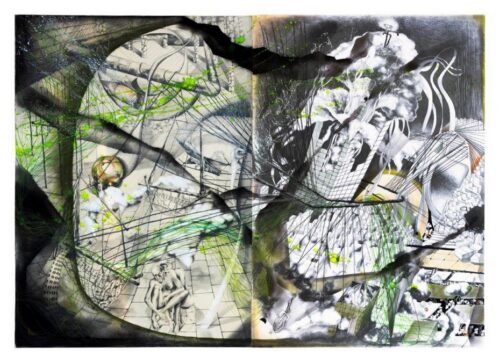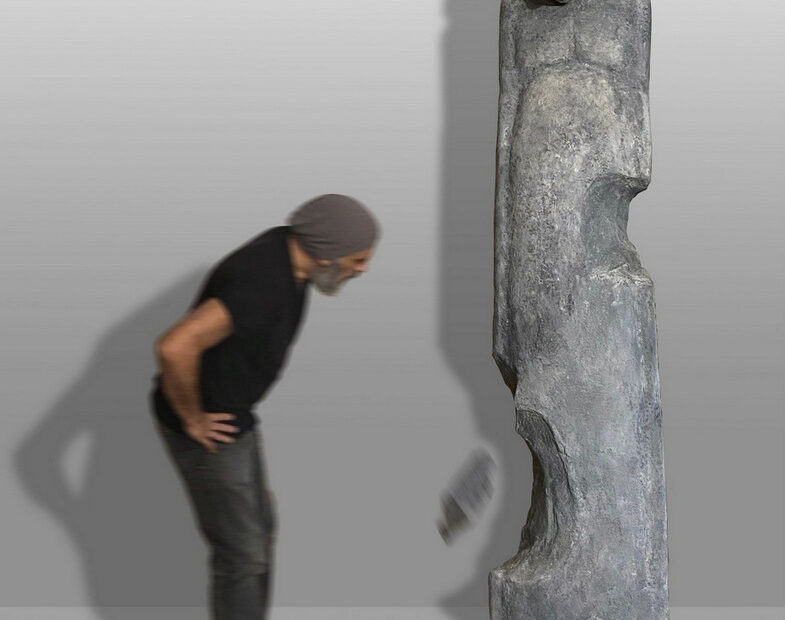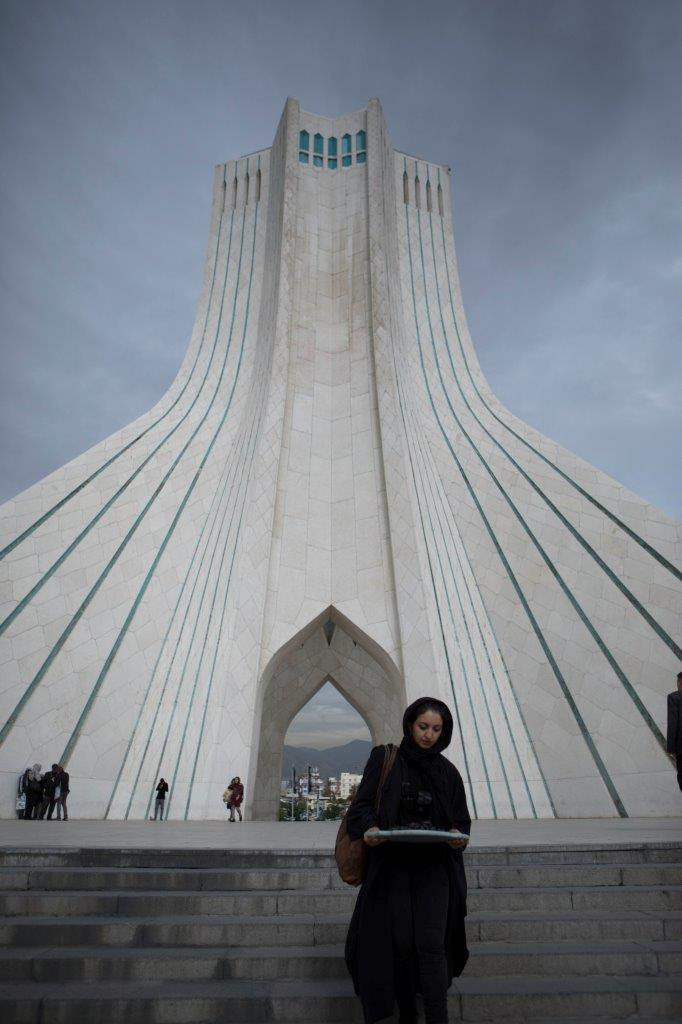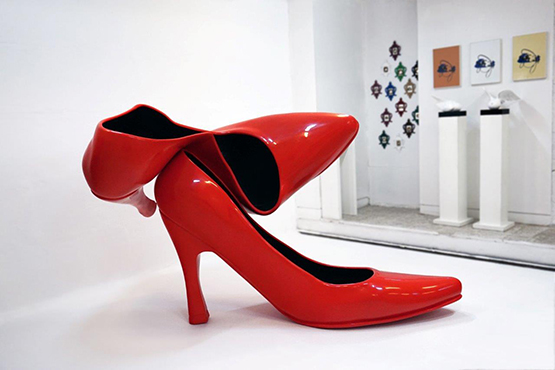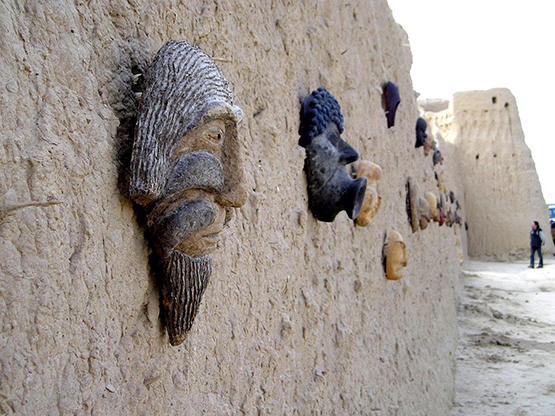Group Exhibition
End of Year group exhibition opening on 8th March 2024
On view until 5th April 2024
With guest artists in collaboration with Emrooz Gallery, Esfahan:
Bahareh Babaie, Avin Farhadi, Fariba Faraghadani and Shantia Zaker Ameli
Works by:
Shaqayeq Ahmadian, Sara Assareh, Ava Afshari, Sanahin Babajanians, Fatemeh Bahman Siyahmard, Nasim Davari, Samira Eskandarfar, Mohammad Eskandari, Maryam Farzadian, Hadis Fakhr, Mehdi Farhadian, Maryam Farshad, Mahya Giv, Mohammad Hamzeh, Marjan Hoshiar, Manijeh Hejazi, Parisa Hejazi, Sara Hosseini, Arezoo Shahdadi , Amir Hossein Shahnazi, Sara Soleimani Qashqayi, Hamed Sahihi , Nastaran Safaei, Parisa Taghipour, Sara Tavana, Shirin Mellatgohar, Koosha Moossavi, Parsoua Mahtash, Elmira Mirmiran, Allahyar Najafi ,Siamak Nasr, Nazgol Nayeri, Leila Nouraei
In the tradition of the Faithful, in the manner of the Awakened.
From the dark, we bloomed until the light shone on us.
We would have been forgotten but we dared to dream.

